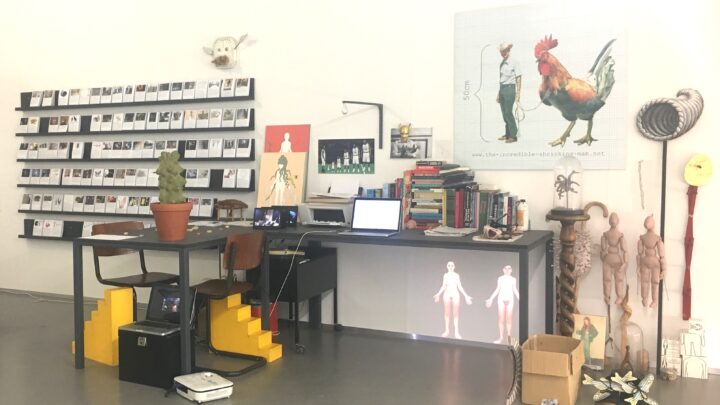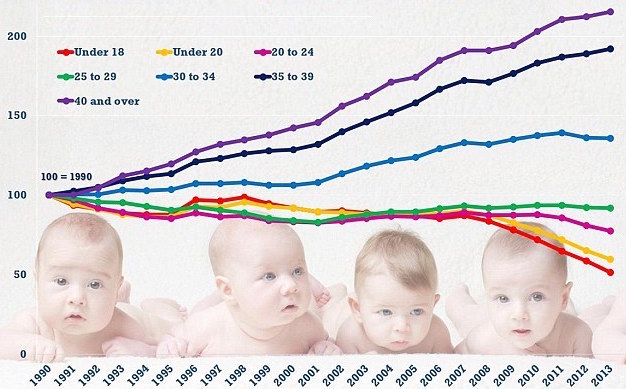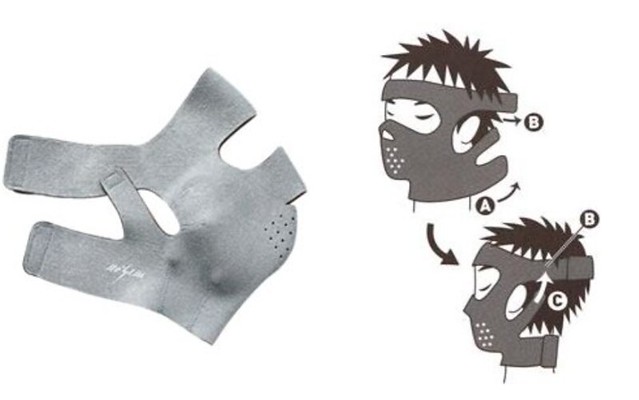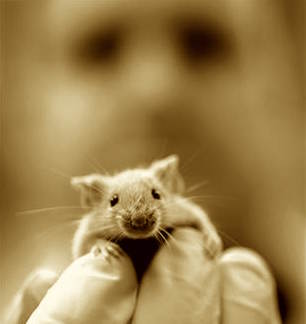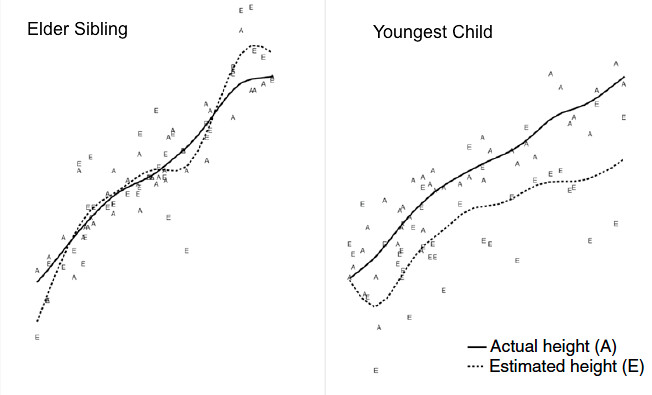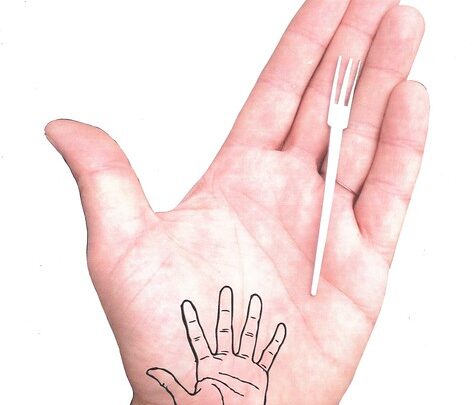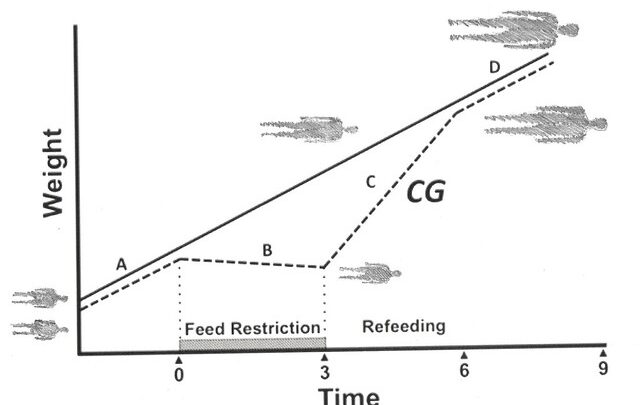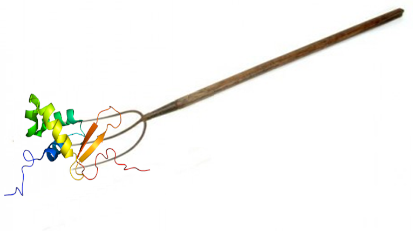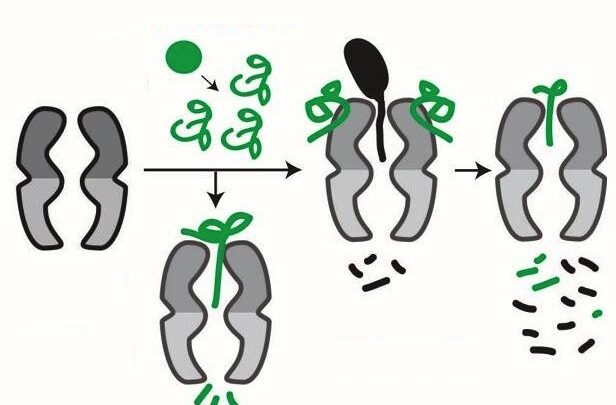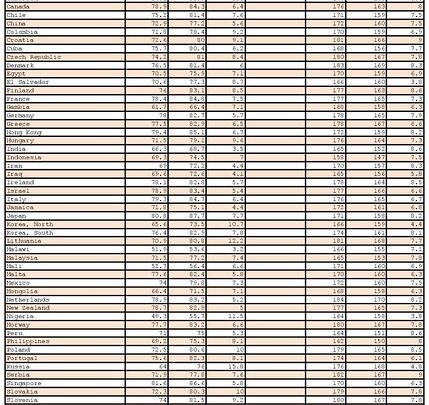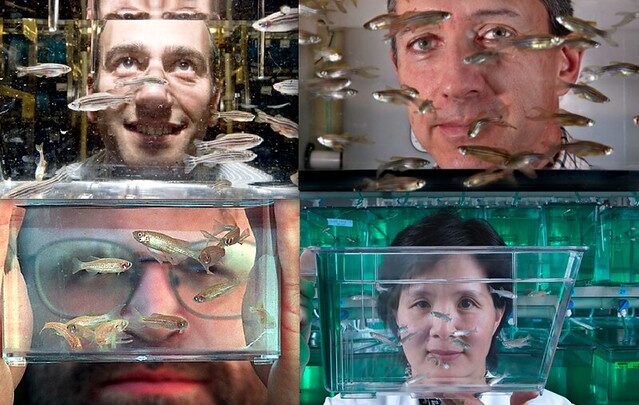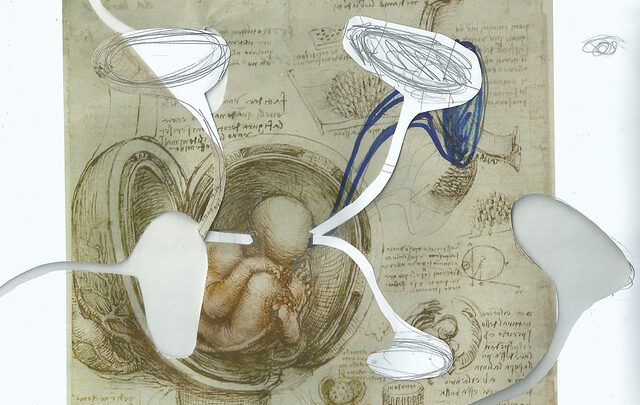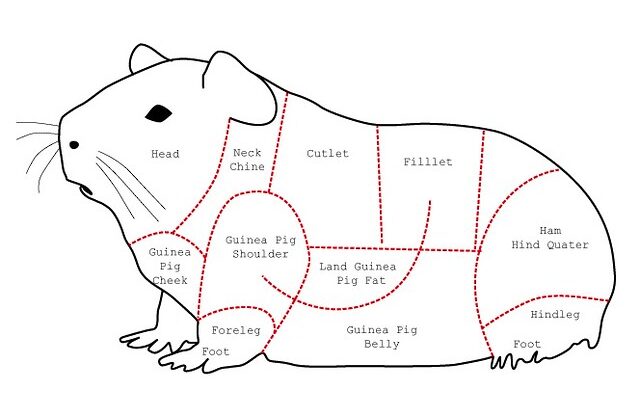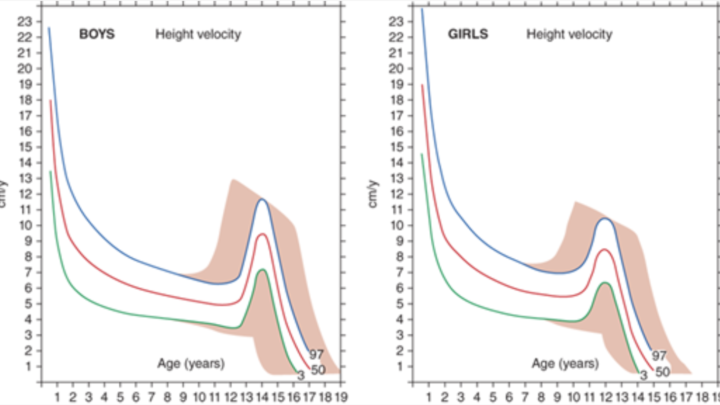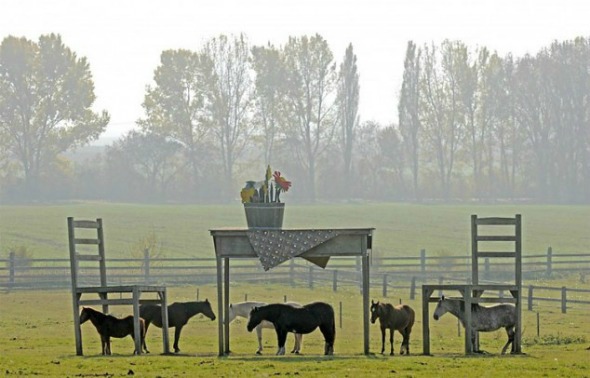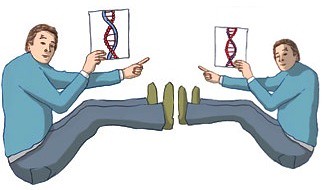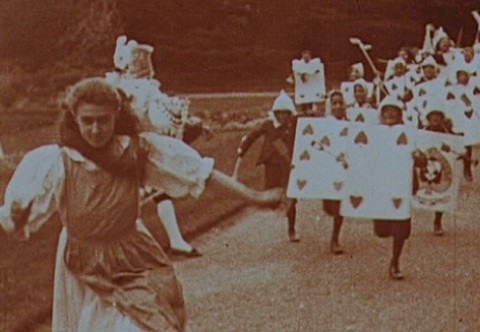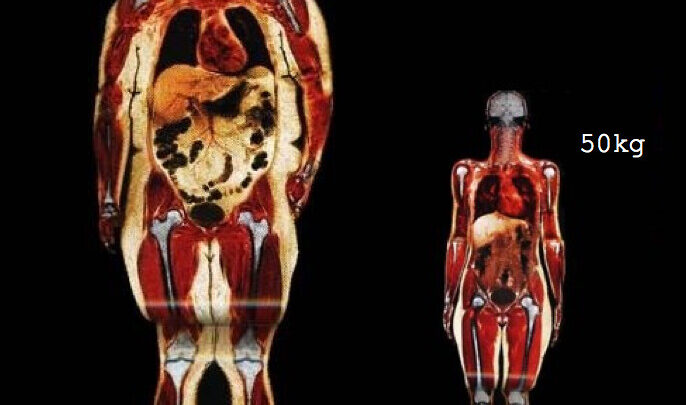Category: Research
KancerCel: Dialogues n Malignant Growth
November 23, 2016The Incredible Shrinking Man is interested in the relationship between cancer and our society’s obsession with growth. To connect the desire for less with the necessity to overcome our desire for more Arne Hendriks is developing KankerCel (CancerCell). KankerCel merges the languages of cancer research and…
Thumbs Up for Teens.
March 15, 2016Japanese Miniatures: Social Kogao Chins
April 21, 2015We are the Model Organism
April 3, 2015The Incredible Shrinking Man is interested in the scientific culture of model organisms. A model organism is an animal species that is studied to understand particular biological phenomena, with the expectation that discoveries made in the organism model will provide insight into human biology. This research strategy is…
2000+ Genetic Factors
December 9, 2014Since 2007 researchers of the Genetic Investigation of Anthropometric Traits (GIANT) consortium are quickly uncovering the polygenic traits that influence human height. Recently they analysed data from the genomes of another 253,288 subjects and were able to identify 697 gene variants, the pieces of DNA that…
The Baby Illusion
September 16, 2014Catch-Up Growth
July 8, 2014Catch-up growth is the accelerated growth of an organism following a period of slowed development. Such slowing down is most often the result of environmental influences such as food scarcity, sudden changes in temperature, or other environmental stress factors. After the situation is normalised, growth…
FOXO3a
June 20, 2014Recent studies have identified the FOXO3a (Forkhead Box 3a) transcription gene as an important regulator of morphological scaling. It’s a key regulatory gene in a nutrient- and energy-sensing biological pathway (insulin/IGF-1 signalling pathway),that throughout our evolution was conserved from yeast to humans. FOXO3a anticipates food scarcity…
Microbial Temper Tantrums
March 22, 2014In stressful conditions, cells must prevent the initiation of replication and shift their priorities to protective functions. In other words: they must stop division and growth. Experiments in bacteria at the University of Massachusetts Amherst have uncovered the mechanism that translates stress into blocked cell growth.…
7up 7down
November 5, 2013Zebrafish Portraits
June 7, 2013PARs in the Womb
May 28, 2013The Incredible Shrinking Man is interested to know what consequences can be expected for human height if nutrition availability after birth doesn’t match predictions by the fetus on the basis of its prenatal environment. During pre-birth development fetuses prepare for the world outside by using the…
Micro-Livestock: Guinea Pig
May 21, 2013The 1991 OFA report ‘Microlivestock: Little-known Small Animals with a Promising Economic Future’ introduces several alternative small animals for domestication and meat and dairy production. Small animals are easier to breed and keep, and are a quick way of supplementing a diet, especially in less…
